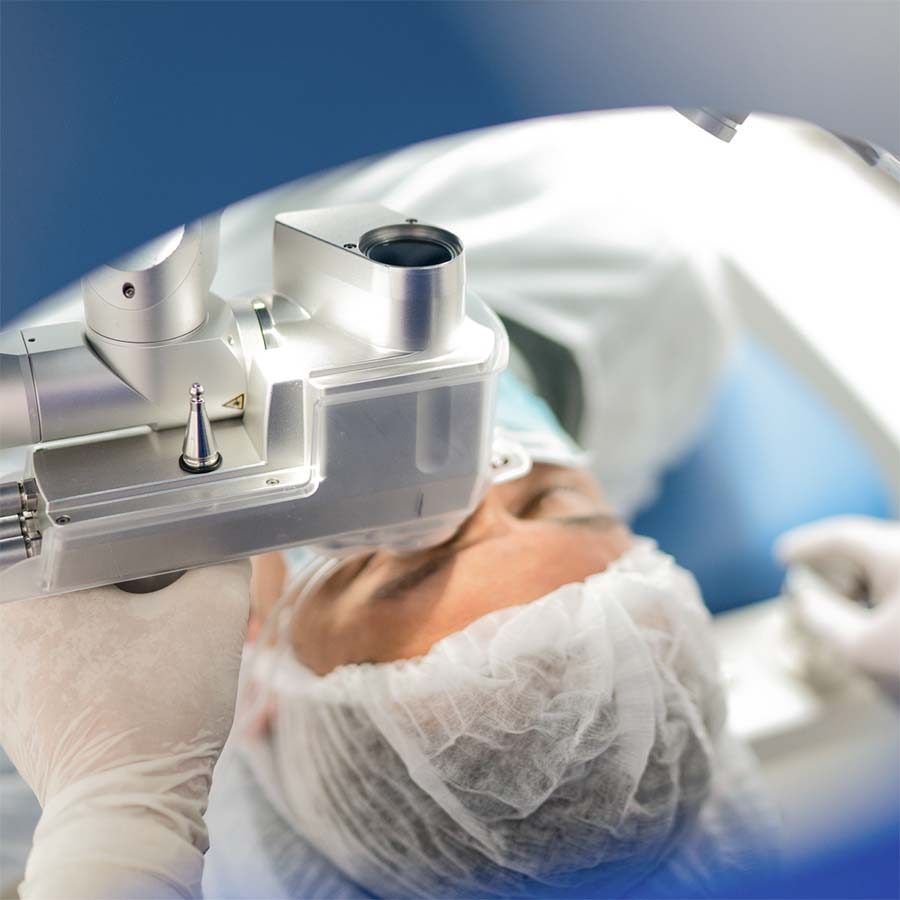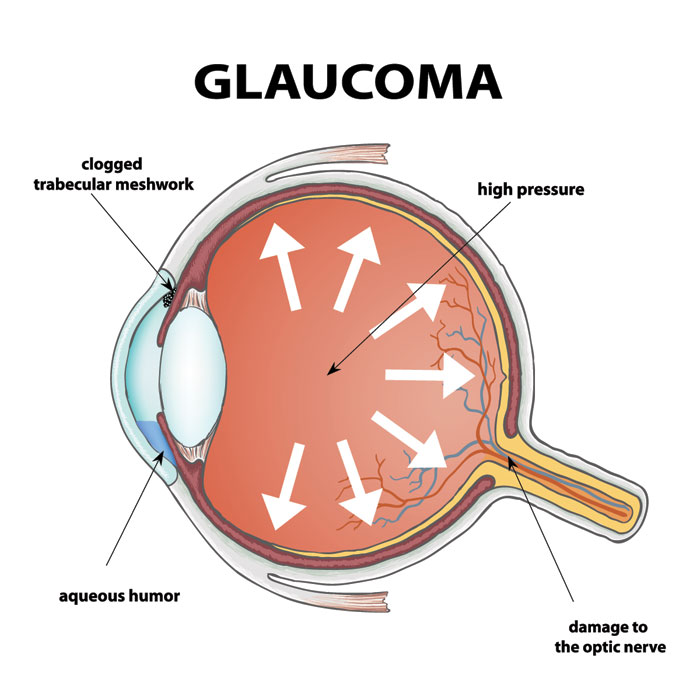Unveiling the Mysteries: An Insight into the Rarest Form of Glaucoma
I. Introduction
Glaucoma is a group of eye diseases that primarily affect the optic nerve, potentially leading to vision loss or permanent blindness. With over 76 million people affected globally, understanding the different types of glaucoma, detection methods, and treatment options is essential for protecting your eyesight.
II. The Common Types of Glaucoma
The two most prevalent types of glaucoma are:
- Open-Angle Glaucoma: Caused by partial blockage in the eye’s drainage system, this type progresses slowly and is often painless, making it hard to detect until significant vision loss occurs.
- Angle-Closure Glaucoma: Characterized by rapid onset and acute symptoms due to sudden closure of the drainage angle. Immediate medical attention is crucial to prevent permanent vision damage.
While these are the most common types, rare forms of glaucoma also exist and deserve attention.
III. Understanding the Rarest Form of Glaucoma
The rarest type of glaucoma is Neovascular Glaucoma. This aggressive form carries a high risk of vision loss and is usually associated with underlying conditions such as diabetes or retinal vein occlusion.
IV. Causes and Risk Factors of the Rarest Form of Glaucoma
Neovascular Glaucoma develops when abnormal new blood vessels grow on the iris and drainage structures, blocking the flow of aqueous humor and increasing intraocular pressure. This abnormal growth is often triggered by a lack of oxygen due to conditions like diabetic retinopathy or central retinal vein occlusion.
Key risk factors include:
- Older age
- Diabetes
- High blood pressure
- Previous retinal diseases or injuries
V. Symptoms and Detection of the Rarest Form of Glaucoma
Symptoms of Neovascular Glaucoma may include:
- Red, painful eyes
- Blurred vision or sudden vision loss
- Nausea and vomiting
- Halos around lights
Diagnosis requires a comprehensive eye exam, including gonioscopy to inspect the drainage angle, pupil dilation, and ocular coherence tomography (OCT) to view the retinal layers. Early detection is crucial to begin treatment and minimize vision loss.
VI. Treatment Options and Prognosis for the Rarest Form of Glaucoma
Treatment focuses on reducing intraocular pressure and addressing the underlying condition. Options include:
- Medications: Eye drops or oral medications to lower eye pressure
- Panretinal Photocoagulation (PRP): Laser treatment targeting abnormal blood vessels to prevent growth
- Anti-VEGF Therapy: Injections that inhibit new blood vessel formation
- Surgery: Procedures like trabeculectomy or glaucoma drainage implants to improve fluid outflow
The prognosis depends on severity and treatment effectiveness. Despite intervention, significant vision loss may still occur in some cases.
While Neovascular Glaucoma is rare, awareness of its symptoms and causes is key to early detection and better outcomes. Regular eye exams and proper management of risk factors such as diabetes and high blood pressure can improve prognosis. Anyone noticing potential glaucoma symptoms should consult a healthcare professional promptly for evaluation and guidance.




